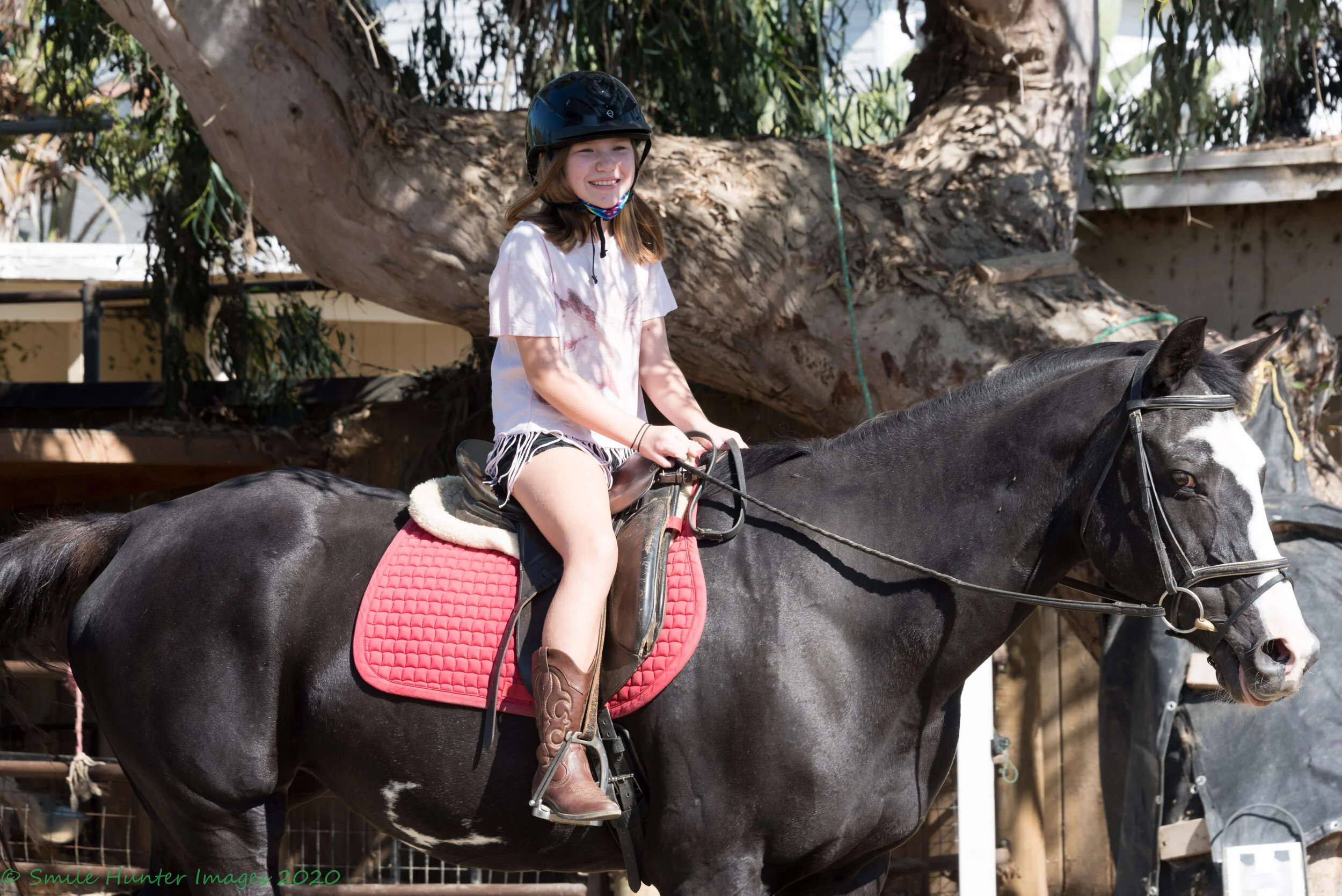
THE PHYSICAL BENEFITS
Riders respond to the horse's motions with improved body symmetry and balance
The Physical Benefits
Therapeautic riding is a dynamic way to improve balance, joint mobility, coordination, muscle tone and posture. When mounted astride a walking horse, the rider's body experiences an almost exact replication of human walking. The horse's movement is three-dimensional, up and down, side to side and back and forth. All three of these dimensions are synchronized in a precise and repetitive pattern which is much the same as the humain gait.
The rider, when sitting atop the walking horse, responds to the motions with improved body symmetry, improved muscle tone, increased head and neck control and improved balance. The horse's movement also provides the rider with the strong sensory input to the areas of the brain that register touch and motion.
Adding stretching, reaching, flexing, and balancing exercises to the riding lesson and the rider's trunk, arms, and legs are strengthened and balance is improved. Games are often incorporated into the program to challenge and improve fine motor skills and because riding is an aerobic activity it increases oxygen input and cardiovascular efficiency.

